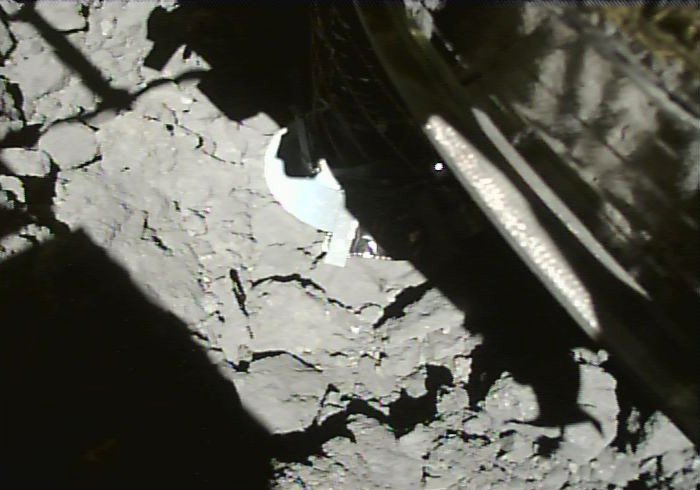Japan’s Hayabusa 2 spacecraft is now the first spacecraft to retrieve a subsurface sample from an asteroid. On July 11th, the spacecraft touched down for a second time on asteroid 162173 Ryugu. This time, the probe retrieved a sample from a crater it excavated with its impactor.
The subsurface sampling operation is a complex mission. Hayabusa 2 first had to find a good location for the sampling site. That’s not straight-forward on a rocky, bumpy body like Ryugu. Once it selected the location for the sampling, it then launched its Small Carry-on Impactor (SCI). The SCI is a 2.5 kg (5.5 lb) piece of copper propelled by an explosive charge.
But the SCI wasn’t fired. Not yet. It remained above the asteroid, slowly lowering itself and waiting for the command to ignite its explosive charge and launch its copper projectile into the surface.
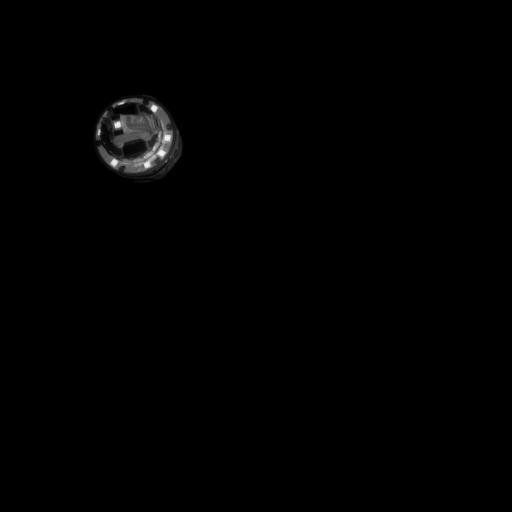
When Hayabusa 2 launched the SCI, it also left a camera behind at the impactor site. That camera is called the DCAM3, or Deployable Camera 3, and its job was to observe and map out the impact site. Then Hayabusa 2 made a two week journey 100 km away from Ryugu, to protect itself from debris from the impactor.
Once Hayabusa 2 was at a safe distance, the SCI was fired into the surface of Ryugu, excavating a pit. The DCAM3 was there to observe it, while Hayabusa 2 waited safely out of sight.
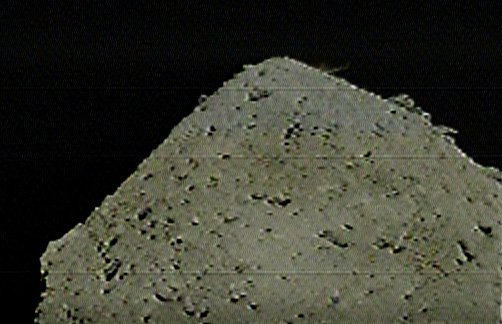
Hayabusa 2 waited for the debris to settle until the danger had passed, then it returned to the impact site. On July 11th, at about 1:05 UTC, the spacecraft descended towards Ryugu and retrieved a sub-surface sample.
And that’s how the Japanese spacecraft reached another milestone.
What’s the Big Deal About a Sub-Surface Sample?
Asteroids like Ryugu are almost like time capsules from the very early days of the Solar System, waiting for us to open them.
They’re made of the same primordial material that the rocky planets like Earth are made from. But there’s a difference between the surface samples and subsurface samples. The subsurface material is in a pristine state.

Surface material is subject to space weathering from the Sun. Over the billions of years since the Solar System formed, that material has changed. It’s still scientifically interesting, but the material underneath it has never seen the Sun. Scientists want to get their hands on it and get it into labs to analyze it, and to hopefully shed some light on the origins of Earth and other rocky bodies.
When Will We Get The Samples?
Hayabusa 2’s science phase will end in December 2019. At that point, with samples encased in protective canisters, the spacecraft will fire up its ion engines and head for Earth. When it approaches Earth, it will launch its sample return canister (SRC) towards Earth, and parachutes will slow its descent to the surface. From there, it’ll be collected.
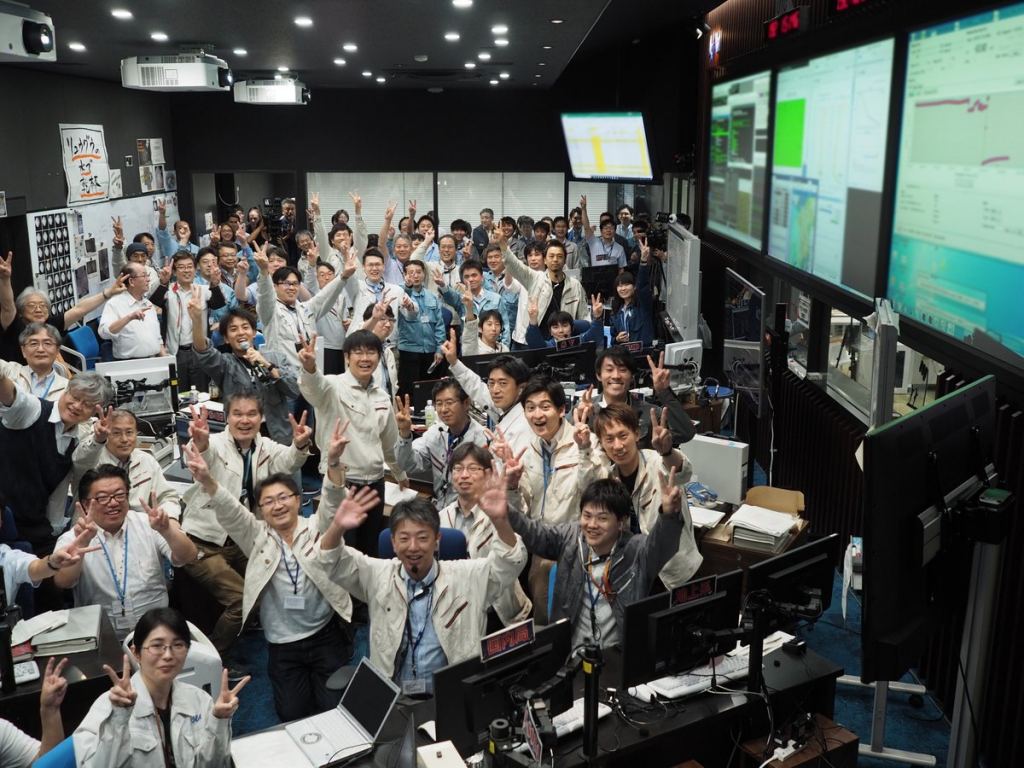
JAXA says that the samples should arrive on Earth in December 2020. The samples will go to JAXA’s Extraterrestrial Sample Curation Center, and scientists can request portions of the sample for study.
After some time has passed, we can expect scientists to publish a bunch of new papers based on the Ryugu samples, both surface and subsurface.
Sending Hayabusa 2 On Its Way
Only the Sample Return Capsule will be returned to Earth in December 2020. Hayabusa 2 won’t be done at that point. It should still have about 30 kg of zenon propellant for its ion engines, and JAXA intends to send Hayabasa 2 to another asteroid. Asteroid 2001 WR1 is a prime candidate for Hayabusa 2, but it won’t land or retrieve any samples from that asteroid. The mission would be a fly-by to see what can be learned about the asteroid, and that would happen in 2023.
Hayabusa 2 is the successor to Hayabusa, JAXA’s first asteroid sample-return mission. Hayabusa visited asteroid Itokawa in September 2005 and in June 2010 it returned tiny samples of dust grains from the asteroid to Earth. Those samples showed that Itokawa contains abundant amounts of water very similar to the water in Earth’s oceans.
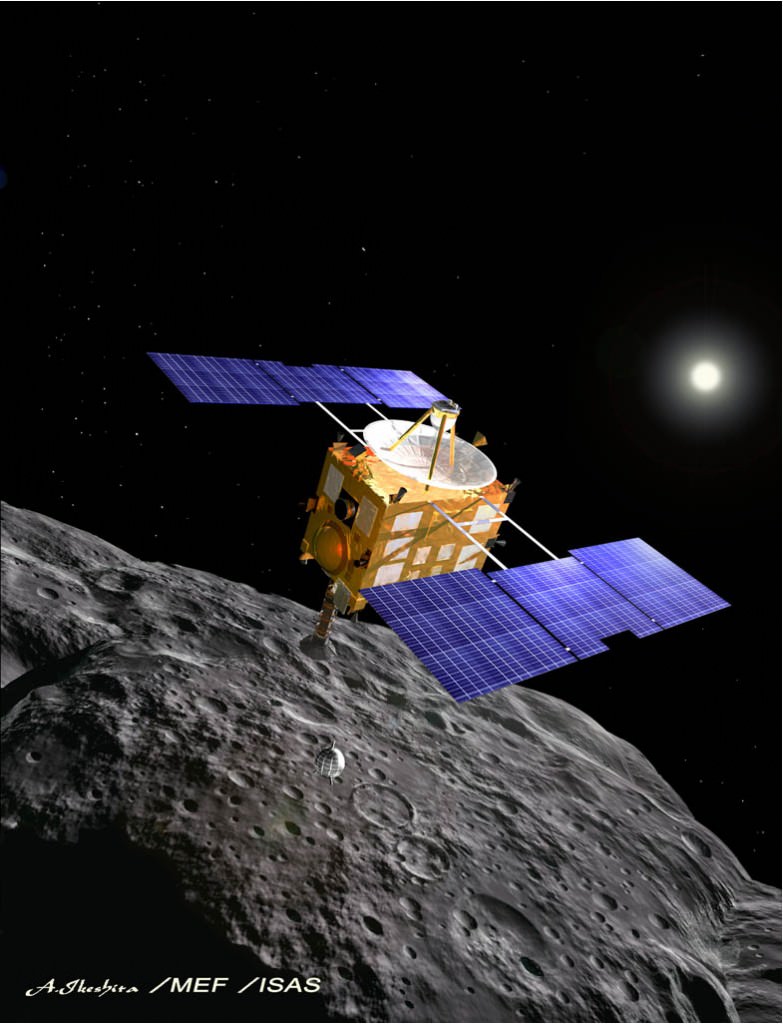
That result only adds to the intrigue and anticipation around Hayabusa 2’s sample return. The key, overarching question behind asteroid sample-return missions centers on Earth. Mainly, what role did asteroids and comets play in Earth’s history? How did they deliver water, and possibly the chemical building blocks for life, to the young Earth?
Hayabusa 2, and its successor Hayabusa, are not the only asteroid sample return missions. NASA’s Osiris-REx mission is at asteroid Bennu right now, and should return a sample in 2023. It’ll be interesting to see what we learn from these complex missions, and how it will shape our understanding of Earth and how it came to be the living planet it is.

